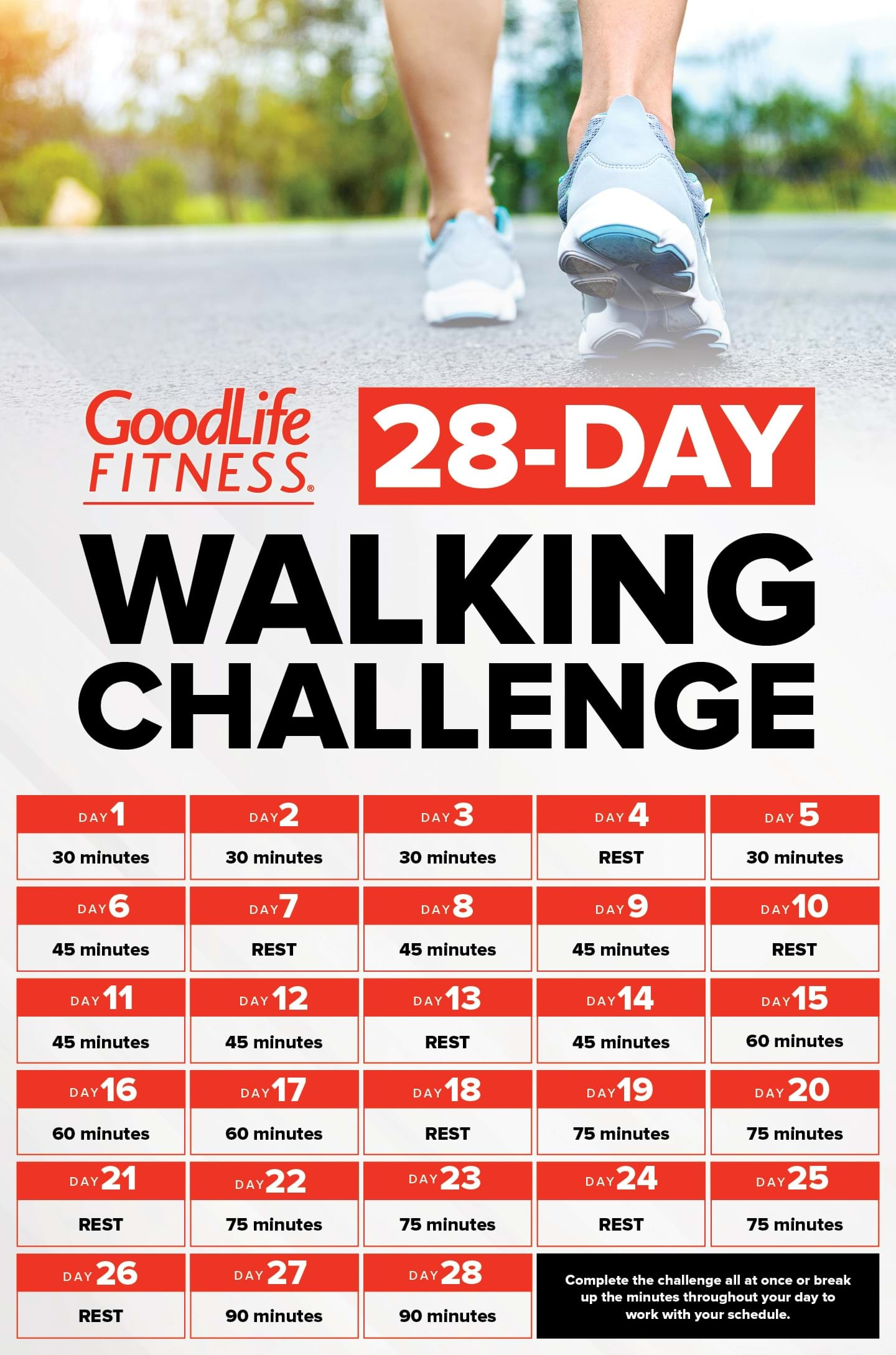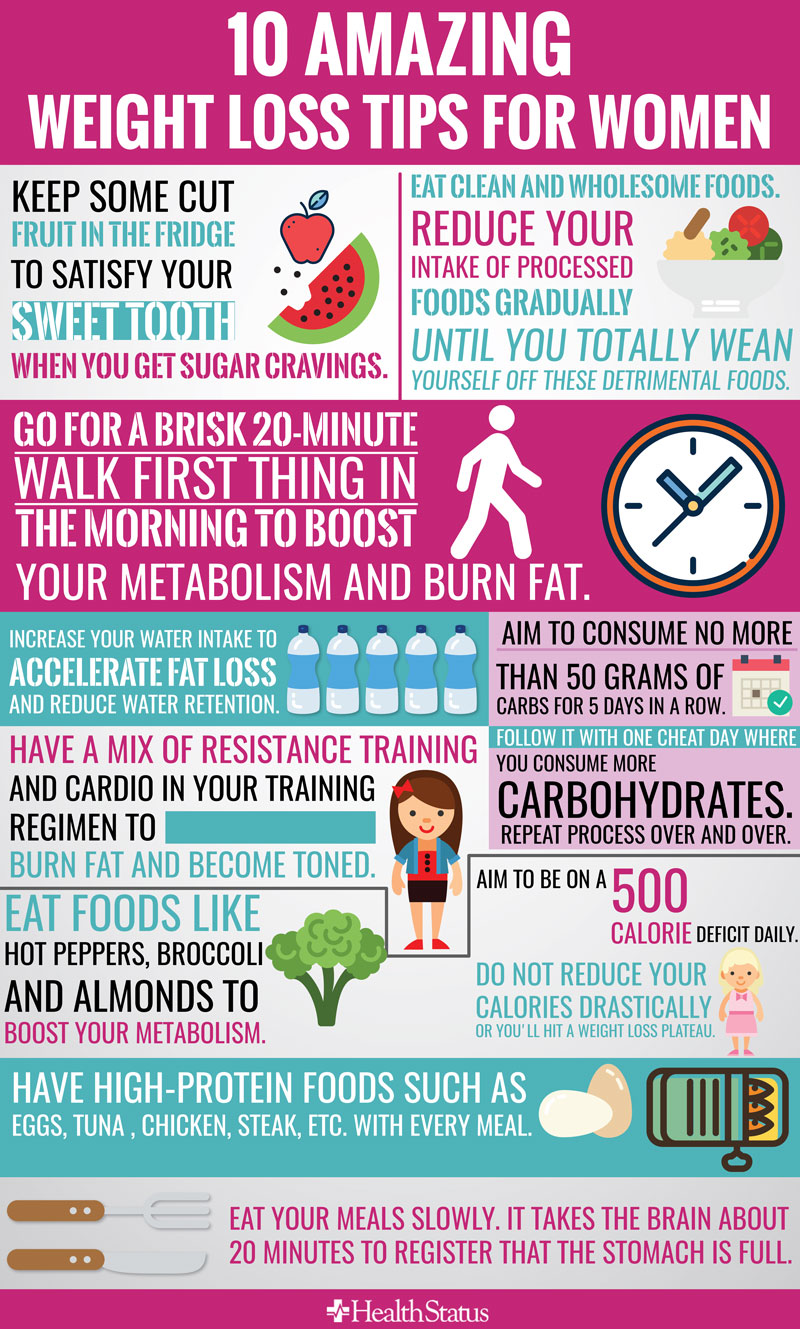How Long Do I Need to Walk to Lose Weight?
Walking is an excellent way to lose weight and improve your overall health. To start seeing weight loss results, aim to walk for at least 150 minutes per week at a moderate intensity. This translates to about 30 minutes of walking, five days a week. However, the exact duration and intensity of your walking plan will depend on several factors, such as your current weight, fitness level, and weight loss goals.
Consistency is key when it comes to walking for weight loss. Try to make walking a regular part of your daily routine, and gradually increase the duration and intensity of your walks over time. This can help you create a calorie deficit and promote weight loss. Additionally, incorporating strength training exercises and maintaining a balanced, calorie-controlled diet can enhance the weight loss benefits of walking.
Remember, the journey to weight loss is not a race. It’s important to set realistic goals, track your progress, and celebrate your successes along the way. With patience, dedication, and a personalized walking plan, you can achieve your weight loss goals and improve your overall health and well-being.
Creating a Personalized Walking Plan for Weight Loss: Factors to Consider
When it comes to walking for weight loss, there is no one-size-fits-all plan. The duration and intensity of your walking plan will depend on several factors, such as your current weight, fitness level, and weight loss goals. By taking these factors into account, you can create a personalized walking plan that fits your individual needs and lifestyle.
First, consider your current weight and fitness level. If you are new to exercise or have a higher body weight, you may need to start with shorter, lower-intensity walks and gradually increase the duration and intensity over time. On the other hand, if you are already physically active and have a lower body weight, you may be able to start with longer, higher-intensity walks right away.
Next, think about your weight loss goals. If you are aiming to lose a significant amount of weight, you may need to walk for longer durations and at higher intensities to create a calorie deficit. However, if you are only looking to maintain your current weight or prevent weight gain, a moderate-intensity walking plan may be sufficient.
To create a personalized walking plan, start by setting realistic goals based on your current fitness level and weight loss goals. Then, gradually increase the duration and intensity of your walks over time, while also incorporating strength training exercises and maintaining a balanced, calorie-controlled diet. By taking a personalized approach to walking for weight loss, you can maximize your results and make walking a lifelong habit.
Maximizing Weight Loss with a Balanced Diet
While walking is an excellent exercise for weight loss, it’s only one piece of the puzzle. To maximize your weight loss results, it’s important to also focus on your diet. By incorporating a balanced, calorie-controlled diet into your walking plan, you can enhance the weight loss benefits of walking and create a calorie deficit that leads to sustainable weight loss.
Start by incorporating a variety of healthy foods into your diet, such as fruits, vegetables, whole grains, lean proteins, and healthy fats. Aim to eat portion sizes that are appropriate for your weight loss goals, and try to track your calorie intake to ensure you’re in a calorie deficit. This can help you create a sustainable eating plan that supports your weight loss goals and provides the nutrients your body needs to stay healthy and energized.
Additionally, consider incorporating healthy eating habits into your daily routine, such as eating breakfast every day, drinking plenty of water, and limiting your intake of processed and sugary foods. By making these small changes to your eating habits, you can support your weight loss goals and improve your overall health and well-being.
Incorporating Variety into Your Walking Routine: Tips and Examples
When it comes to walking for weight loss, variety is key. By incorporating different types of walks into your routine, you can challenge your body in new ways, avoid plateaus, and keep your workouts interesting and enjoyable. Here are some examples of different types of walks you can try:
- Hill walks: Walking uphill can help you burn more calories and build more muscle than walking on flat terrain. Try incorporating hill walks into your routine once or twice a week, or look for walking routes that include hills and inclines.
- Interval training: Interval training involves alternating between periods of high-intensity exercise and low-intensity recovery. For example, you might walk at a brisk pace for 1 minute, followed by 2 minutes of slower walking. This type of training can help you burn more calories and improve your cardiovascular fitness.
- Long distance walks: If you’re looking to build endurance and stamina, try incorporating longer walks into your routine. Aim for walks that are at least 60 minutes in duration, and gradually increase the distance and intensity over time.
By incorporating these different types of walks into your routine, you can challenge your body in new ways, avoid plateaus, and keep your workouts interesting and enjoyable. Additionally, consider varying the terrain, intensity, and duration of your walks to keep your body guessing and promote weight loss.
Staying Motivated and Accountable on Your Weight Loss Journey: Tips and Strategies
Staying motivated and accountable on your weight loss journey can be challenging, but it’s an important part of achieving your goals. Here are some tips and strategies for staying on track and making progress:
- Set realistic goals: Setting unrealistic goals can be discouraging and lead to burnout. Instead, set specific, measurable, and achievable goals that align with your weight loss journey. For example, aim to walk for 150 minutes per week, or lose 1-2 pounds per week.
- Track your progress: Tracking your progress can help you stay motivated and accountable. Consider using a fitness tracker or app to track your steps, distance, and calories burned. Additionally, keep a food diary to track your calorie intake and ensure you’re in a calorie deficit.
- Find a walking buddy or group: Walking with a friend or group can help you stay motivated and accountable. Additionally, it can make your workouts more enjoyable and provide an opportunity for socialization.
- Celebrate your successes: Celebrating your successes, no matter how small, can help you stay motivated and encouraged. Consider rewarding yourself with a new pair of walking shoes, a massage, or a healthy meal out.
- Learn from your setbacks: Setbacks are a normal part of any weight loss journey. Instead of getting discouraged, learn from your setbacks and use them as opportunities for growth and improvement.
By incorporating these tips and strategies into your weight loss journey, you can stay motivated and accountable, and make progress towards your goals. Remember, weight loss is a journey, not a race. Be patient, consistent, and persistent, and you’ll achieve your goals over time.
Overcoming Common Walking and Weight Loss Challenges: Solutions and Strategies
Walking and weight loss can be challenging, but with the right mindset and strategies, you can overcome common obstacles and achieve your goals. Here are some solutions and strategies for overcoming common walking and weight loss challenges:
- Boredom: Walking the same route every day can get boring, but there are ways to keep your walks interesting and enjoyable. Try exploring new neighborhoods, hiking trails, or parks. Additionally, consider listening to music, podcasts, or audiobooks to keep your mind engaged.
- Injury: Injuries can be a major setback, but with the right approach, you can recover and get back on track. If you’re injured, seek medical attention and follow your healthcare professional‘s advice. Additionally, consider cross-training with low-impact exercises, such as swimming or cycling, to maintain your fitness level while you recover.
- Plateaus: Plateaus are a normal part of any weight loss journey, but they can be frustrating. If you’re experiencing a plateau, try mixing up your walking routine, incorporating strength training exercises, or adjusting your calorie intake. Additionally, consider seeking support from a healthcare professional or coach to help you break through the plateau and achieve your goals.
By incorporating these solutions and strategies into your walking and weight loss journey, you can overcome common challenges and achieve your goals. Remember, consistency and persistence are key, and with the right mindset and approach, you can make walking a lifelong habit and achieve sustainable weight loss.
Maintaining Your Weight Loss and Making Walking a Lifelong Habit
Congratulations! You’ve reached your weight loss goal through regular walking and a balanced diet. Now, it’s time to maintain your weight loss and make walking a lifelong habit. Here’s how:
- Adjust your calorie intake: As you transition from a weight loss phase to a maintenance phase, you’ll need to adjust your calorie intake to maintain your weight. Aim for a calorie intake that balances your energy needs and helps you maintain your weight. Consider consulting with a healthcare professional or registered dietitian to determine the right calorie intake for you.
- Continue to vary your walking routine: To keep your walks interesting and enjoyable, continue to vary your walking routine. Try new routes, incorporate hills, and mix up the intensity and duration of your walks. This can help you avoid boredom and prevent plateaus.
- Find joy and satisfaction in your walking practice: To make walking a lifelong habit, it’s important to find joy and satisfaction in your walking practice. Set goals that are meaningful and enjoyable to you, and celebrate your successes along the way. Consider joining a walking group or finding a walking buddy to make your walks more social and enjoyable.
- Prioritize rest and recovery: Rest and recovery are essential for long-term success. Be sure to schedule rest days into your walking plan, and listen to your body. If you’re feeling tired or sore, take a break and allow yourself to recover.
- Seek support when needed: If you encounter challenges or setbacks, don’t hesitate to seek support from a healthcare professional or coach. They can provide guidance, support, and accountability to help you maintain your weight loss and make walking a lifelong habit.
By incorporating these tips and strategies into your weight loss maintenance plan, you can maintain your weight loss, make walking a lifelong habit, and enjoy the many benefits of regular exercise and a healthy lifestyle.







